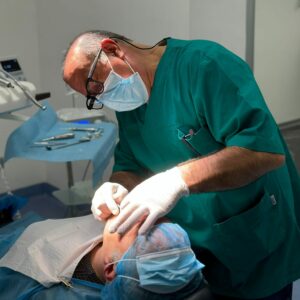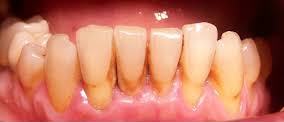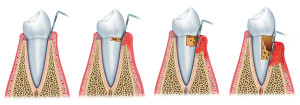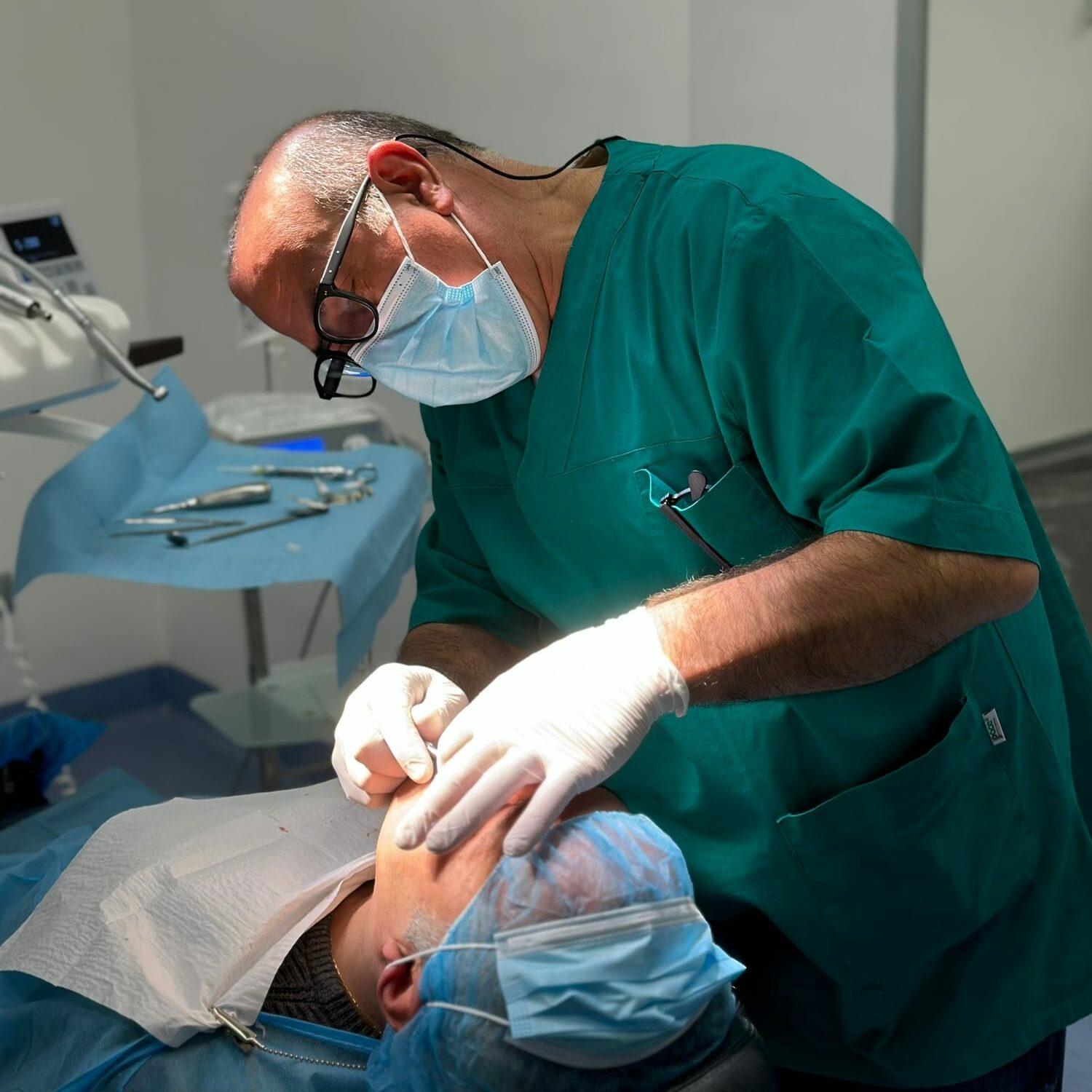Alveolitis is defined as inflammation of the alveolus, i.e. that part of bone (precisely alveolar bone) of the jaw or jaw where the root of the tooth and the periodontal ligament is positioned.
Alveolitis is, in most cases, a pathology resulting from the complications that can occur following the extraction of a tooth.
Post-extraction alveolitis: the symptoms
Post-extraction alveolitis mainly concerns two types of extractions:
- mandibular molar;
- wisdom tooth included.
The main symptom of inflammation of the alveolus is intense pain that radiates from the alveolus to all adjacent areas. A special feature of alveolitis is that symptoms often appear 4 to 5 days after tooth extraction.
The pain, which often worsens at night, is resistant to common analagesics.
Other obvious symptoms also include halitosis. The alveolus in fact, even at the sight, may appear covered by a white or grayish substance, a sign of the presence of some food residues. Their decomposition is the cause of foul-smelling breath.
In some cases the area around all’alveolo may experience some swelling, it gave dall’ingrossarsi lymph nodes. The whole part could be affected by pain.
What are the causes of alveolitis?
The causes related to the onset of alveolitis are not yet well defined. There are certainly situations that can facilitate the onset of pathology: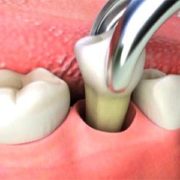
- particularly traumatic tooth extraction;
- application of sutures after extraction (they could retain food residues inside the alveolus);
- presence of a pre-existing and untreated infection of the oral cavity;
- smoke;
- presence of chronic periodontitis;
- for women the use of oral contraceptives;
- poor oral hygiene.
All the conditions listed above increase the probability of contracting an alveolitis, some because they delay the complete healing of the wound after tooth extraction (smoking, use of oral contraceptives), others because they increase the risk of infections (traumatic extraction, stitches , periodontitis, poor oral hygiene).
How is alveolitis treated?
Alveolitis, despite the intense pain that characterizes it, can be easily cured. The therapeutic treatment aims to eliminate pain and promote the gradual healing process of the alveolus.
In addition to systemic analgesic drugs that can relieve pain, therapy for the treatment of alveolitis follows the following steps:
- removal of any tissues or food residues present in the alveolus;
- cleaning the part with physiological water or specific medical liquids;
- application of a sterile gauze.
The dressing of the alveolus must occur frequently especially in the first days of treatment.
Reduce predisposing causes to avoid alveolitis
Before tooth extraction it is possible to pay particular attention to some good dental practices that can help prevent the onset of alveolitis.
- First of all, it would be advisable to plan, at least a couple of weeks before the extraction procedure, a deep cleaning session, to eliminate tartar and therefore reduce the risk of infections.
- Avoid taking medications in the days leading up to surgery that could slow down wound healing: ibuprofen, aspirin, oral contraceptives.
- Avoid smoking and alcohol abuse both before and after tooth extraction.
- Pay more attention to your daily oral hygiene.
- Finally, choose a dental center that has a trained medical staff inside and can perform tooth extraction without causing particular trauma to the patient.





